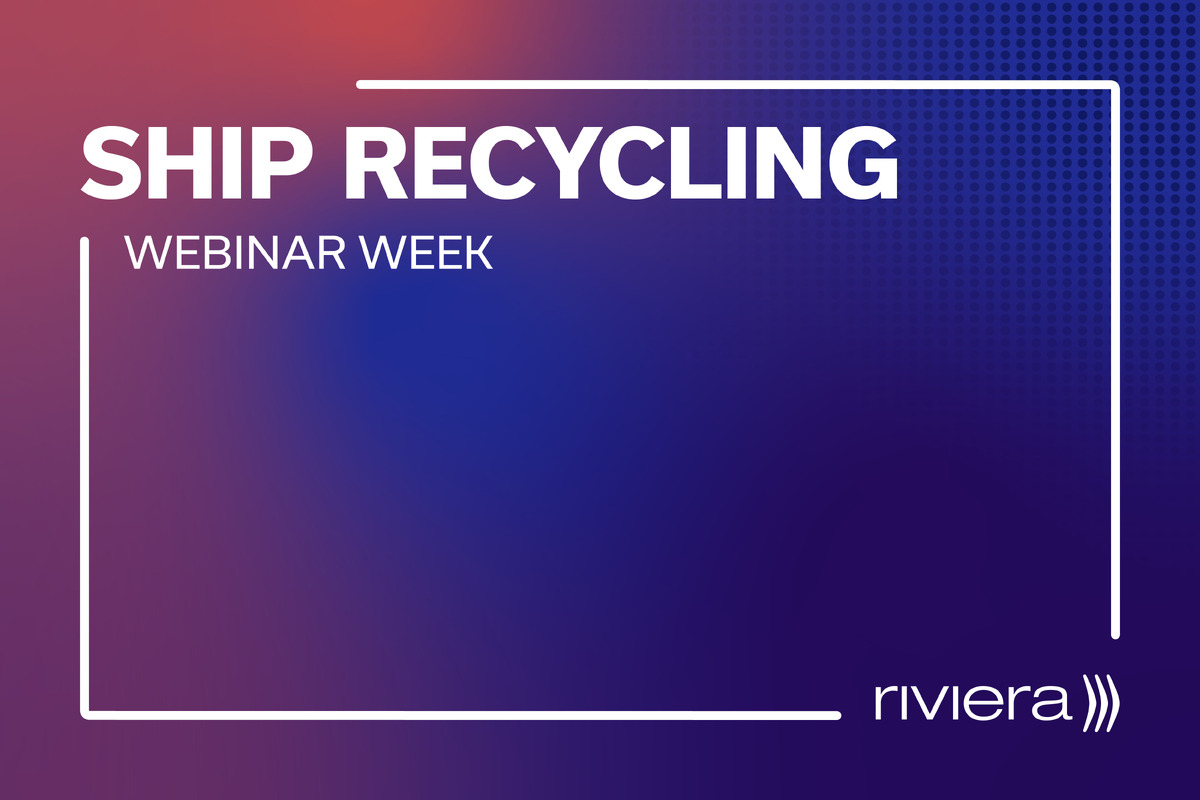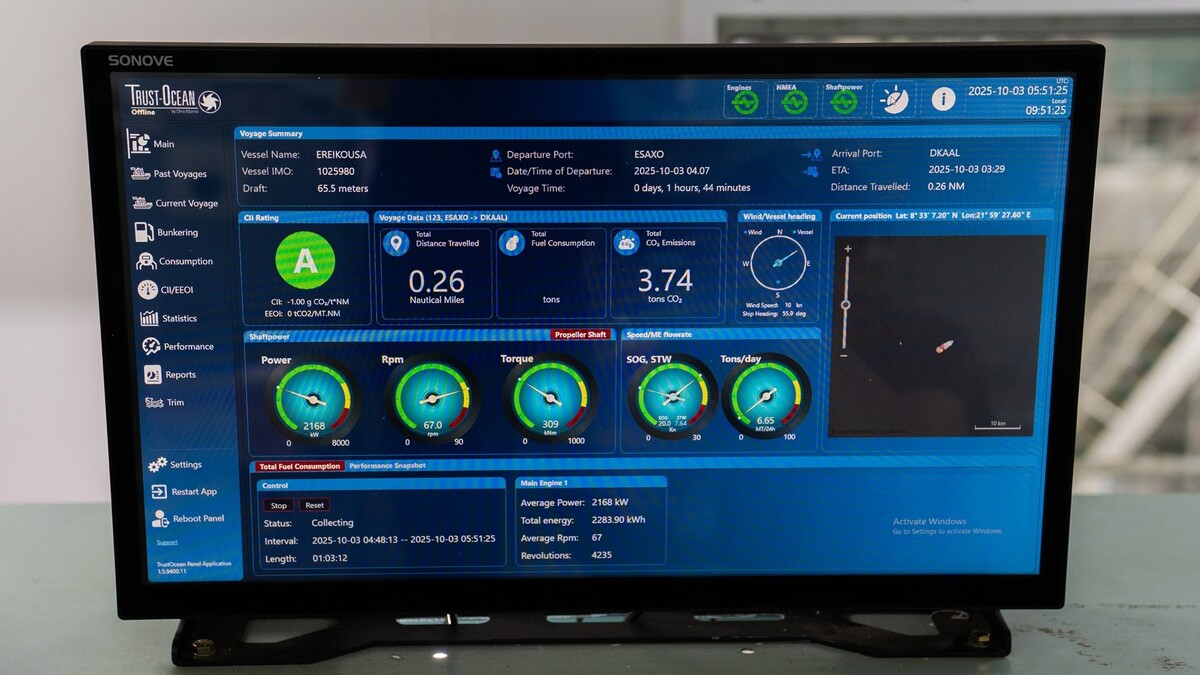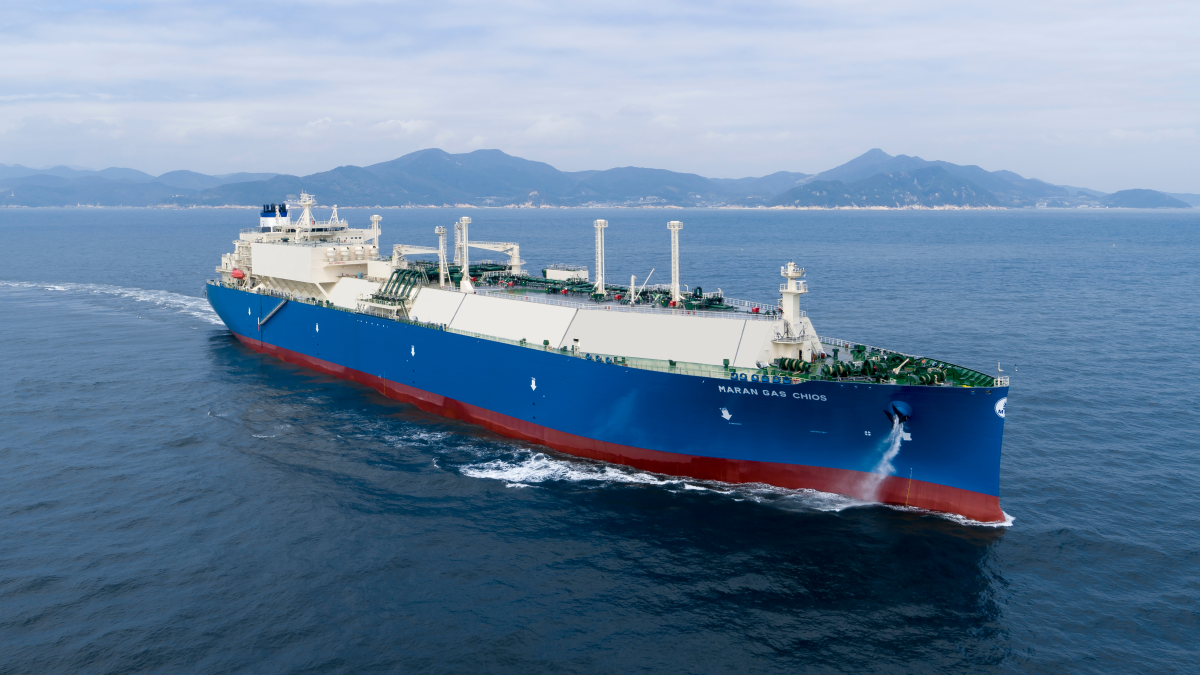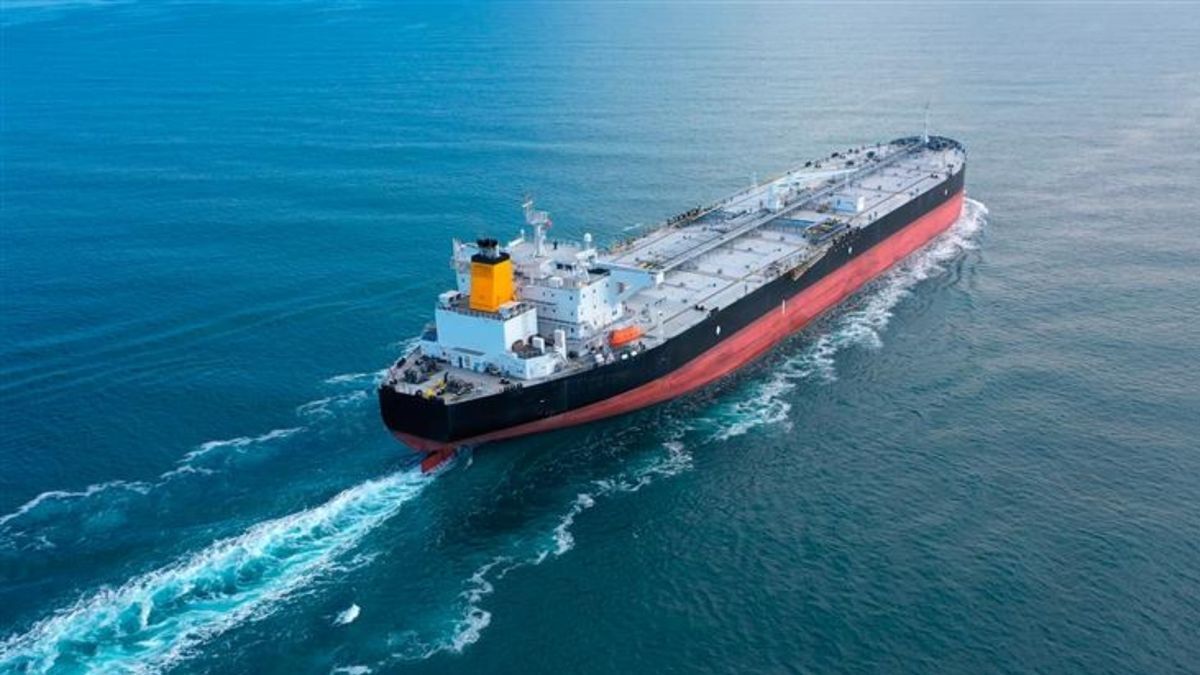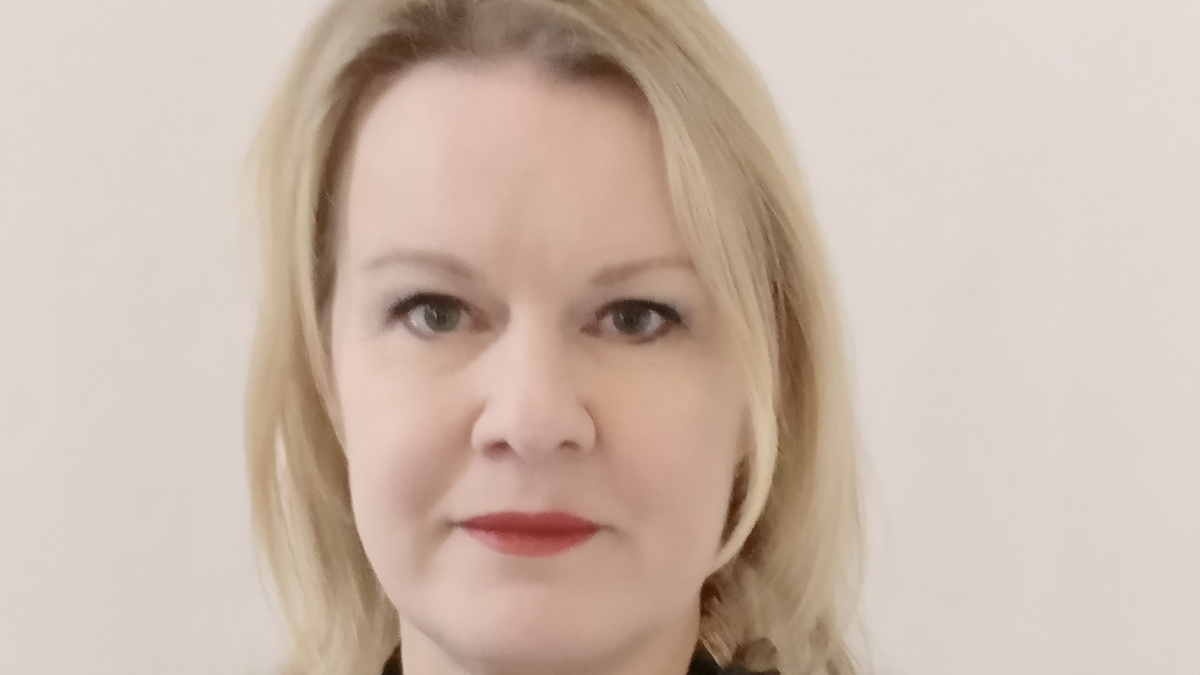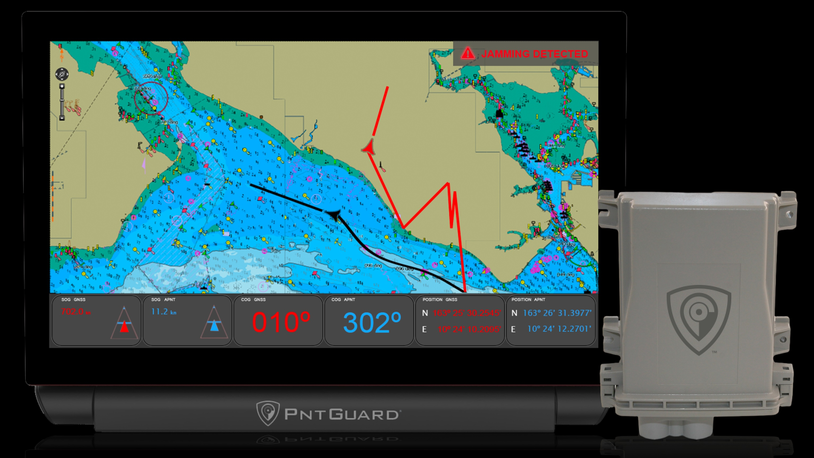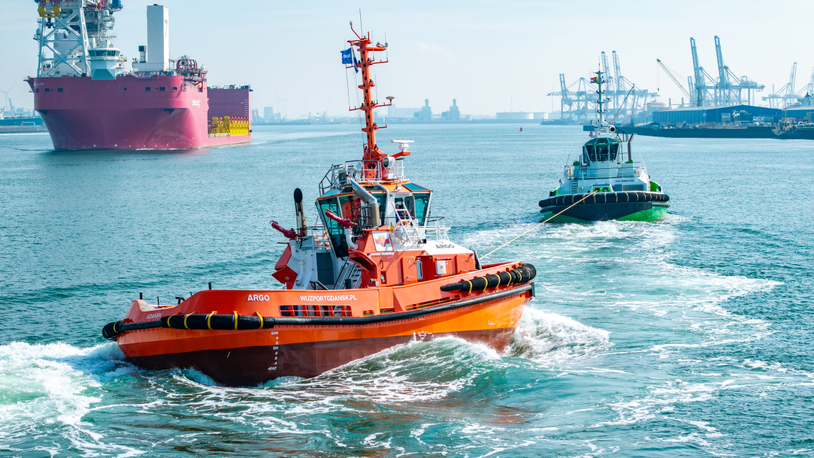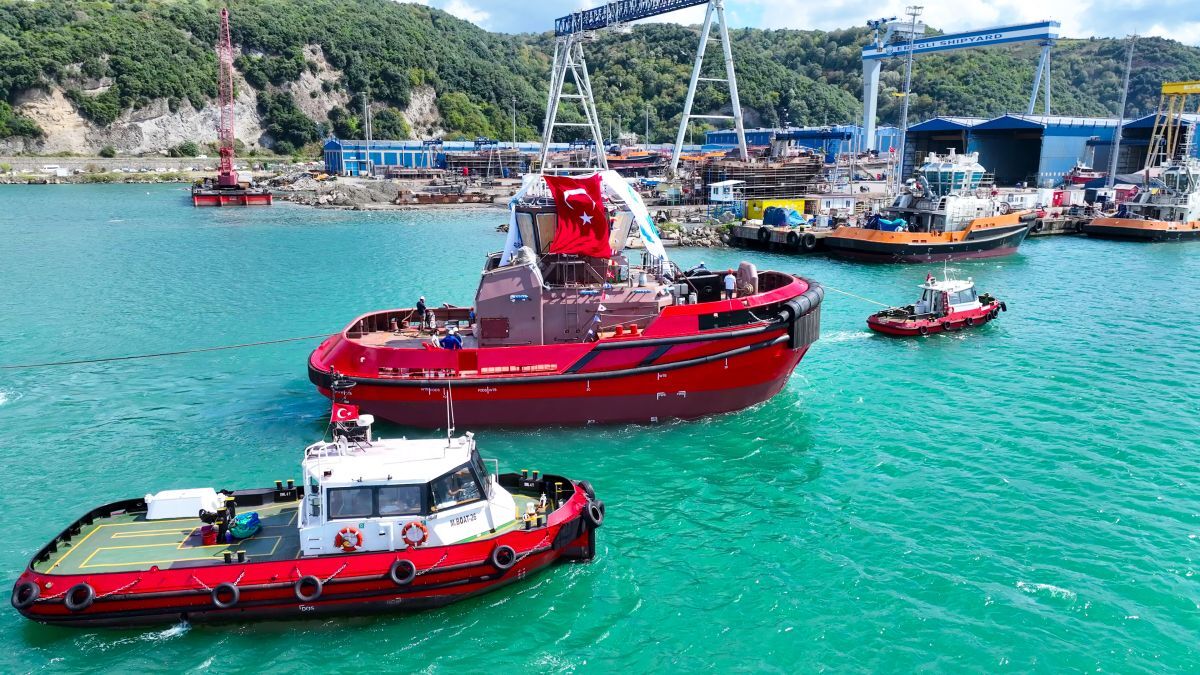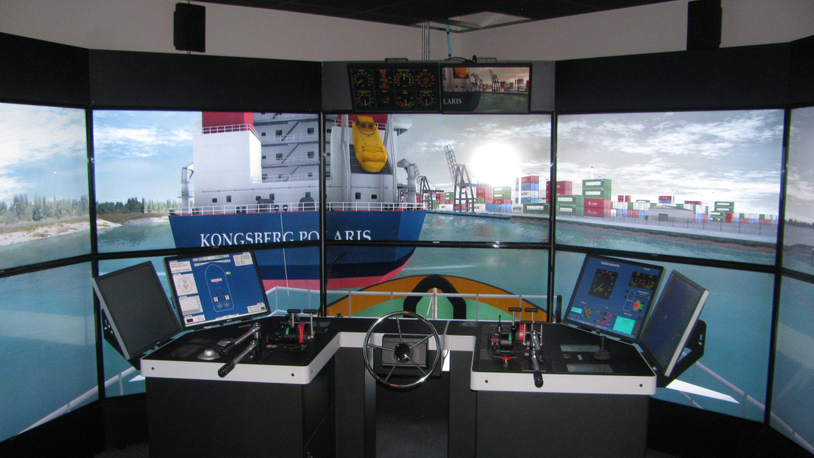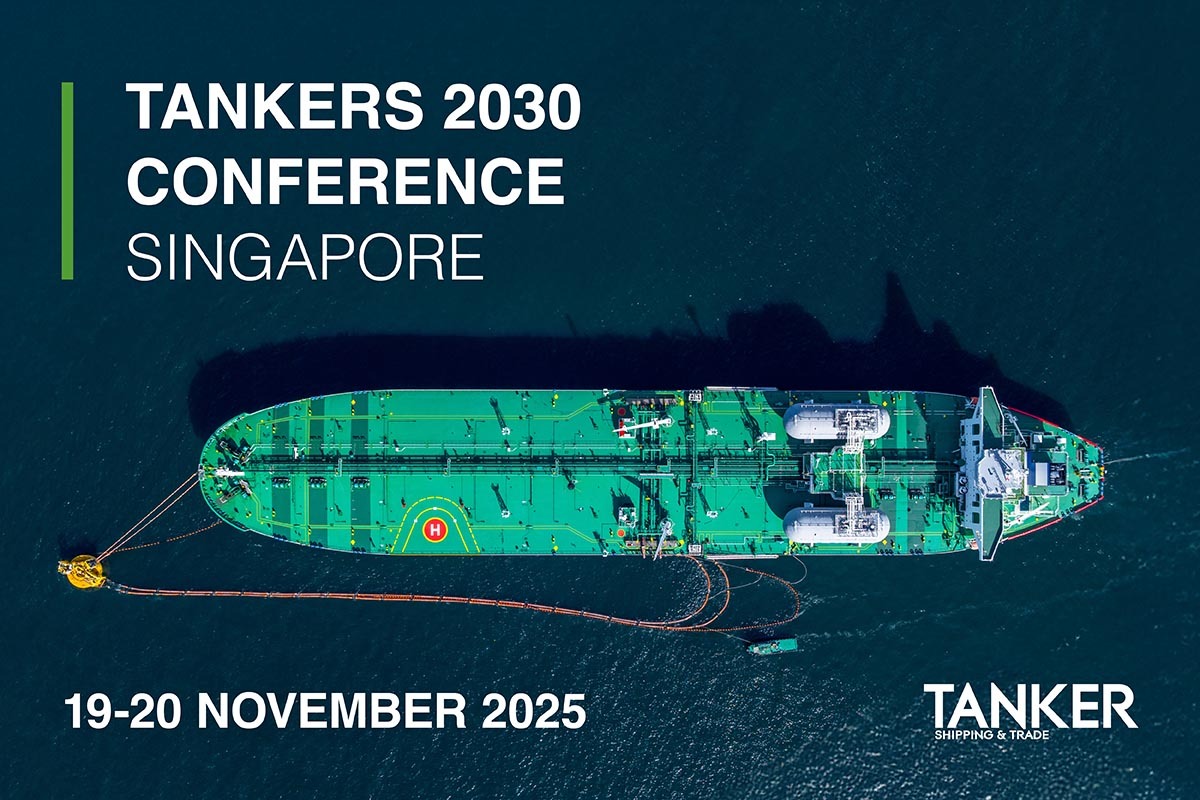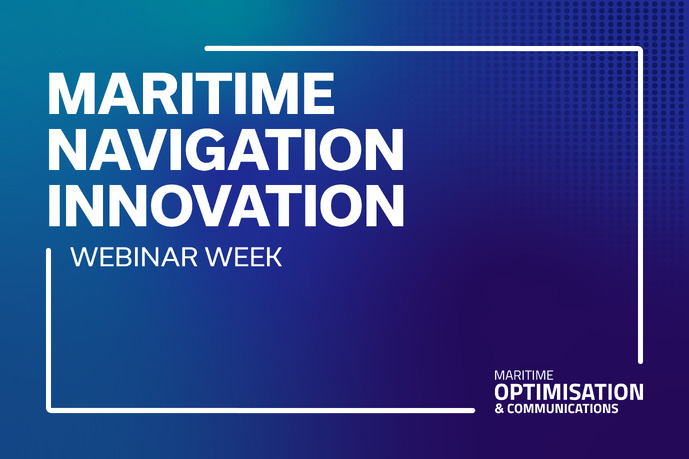Business Sectors
Events
Ship Recycling Webinar Week
Contents
Register to read more articles.
New GMDSS terminals and functions coming for tugs and workboats
Networks are upgraded and new terminals introduced for the Global Maritime Distress Satellite System used during emergencies to contact search and rescue services
Developments for the Global Maritime Distress and Safety System (GMDSS) are enabling enhanced emergency communications and information services on vessels, with new terminals and functions coming for ships, tugs and workboats.
Inmarsat Maritime, a Viasat company, has invested in its legacy GMDSS service, Inmarsat C, with new hardware, and an enhanced operating system and network enabling larger volumes of data to be stored in the cloud. Three new I-8 satellites will expand its L-band communications offering worldwide, and especially its safety services for maritime.
“We have recently invested a significant amount of money upgrading the network, renewing all the hardware required to keep that network going out to 2040,” says Inmarsat Maritime vice president of safety and regulations, Peter Broadhurst.
“We also transitioned a large portion of our data collection into the cloud, migrated our services over to Linux and upgraded the hardware for the core network channelling system.”
Around 130,000 active Inmarsat C terminals are in operation at sea, and about 1,000 maritime safety information (MSI) messages are sent each day on average. In 2024, the system handled 813 distress calls.
With advances in technology, Inmarsat is preparing to introduce Fleet Safety, its next-generation GMDSS service. A new radio-access network will improve the resilience for omni-direction antennas, and it has developed a core mode for terminal manufacturers to develop hardware.
IMO has removed the requirement for narrowband direct-printing capability from GMDSS, which manufacturers of Inmarsat C – Cobham Satcom, Furuno and Japan Radio Co - have all complied with and have been type-approved by Inmarsat.
Manufacturers will also work with Inmarsat to roll out a version of its upgraded Fleet Safety GMDSS to vessels that do not come under IMO SOLAS regulations, such as tugs and workboats.
“By the end of this year, we will release a non-SOLAS version of Fleet Safety that will provide all the services we offer in our GMDSS services,” says Mr Broadhurst.
Inmarsat has already supplied terminals for non-SOLAS Fleet Safety, which will enable the Viasat subsidiary to mature the technology ready to introduce a SOLAS-compliant version when the I-8 geostationary orbiting (GEO) satellites are in service, planned for 2028.
“Fleet Safety connects with our back-end system, with RescueNet, providing rescue co-ordination centres [RCCs] even more capabilities and fast response times, and SafetyNet II, providing a better interface for the dissemination of safety information It also has the capability to download MSIs in an IP format, which can be shared with ECDIS and other bridge electronics.”
Viasat is developing a low Earth orbit (LEO) constellation for L-band communications and to align with 5G and narrowband internet of things (IoT) services. One terminal will be able to connect to all these services, including Inmarsat C, over GEO and LEO satellites, enabling far greater redundancy and capability for GMDSS services.
“There is a lot going on in the world of safety, and there will be a lot of changes in technology and more capabilities for improving seafarer safety,” says Mr Broadhurst.
Hybrid communications networks with hyper-connected devices could use whatever is available, such as L, Ku and Ka bands in the radiocommunications spectrum and 5G and narrowband IoT - changing how safety data is transmitted.
“IMO wants to transmit NavDat [Navigational Data] over medium and high-frequency bands with the same MSI information sent by recognised maritime satellite services for GMDSS, so navigators will get NavDat and meteorological information from multiple sources,” says Mr Broadhurst.
Non-SOLAS Fleet Safety could be displayed on mobile devices such as phones, tablets and laptops, and information could be sent to vessels over various bands and networks including Inmarsat’s new bonded connectivity service, NexusWave.
“Emergency calls are universally defined, but people could contact maritime RCCs using mobile phones,” says Mr Broadhurst. “Technology is going to disrupt maritime safety communications. There will be much more information going over satellites. We need to use the right assets and regulations to improve the quality of safety for ships and seafarers.”
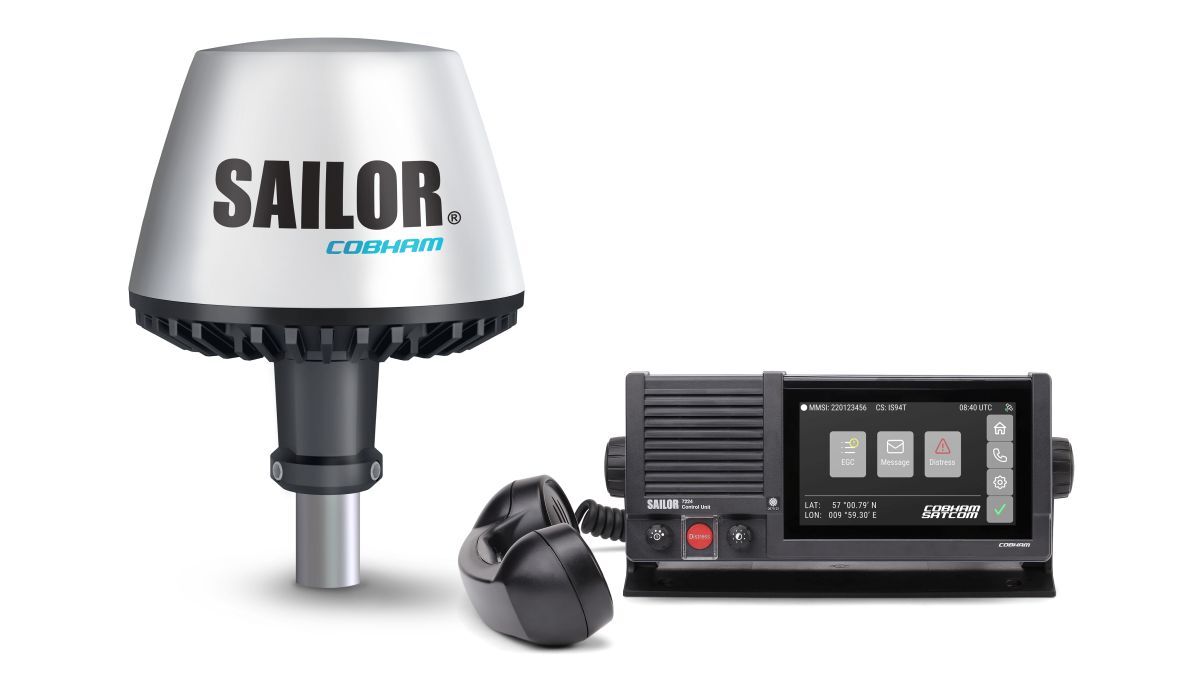
LEO GMDSS
Iridium Communications, which provides GMDSS using its constellation of LEO satellites, has integrated this service into its Certus L-band communications for maritime with two series so far, and another coming in 2026.
In response, hardware manufacturers have produced GMDSS terminals for Iridium Certus, with more planned.
Iridium Communications director for maritime, Dan Rooney say Iridium merged Certus with GMDSS safety and regulatory services in December 2024 with the Certus 200 and 700 services for shipping and maritime already available. Iridium Certus 100 for smaller vessels will be ready to launch in H2 2025, he adds.
These services will be supported by terminals with functionality including communications with the long-range identification and tracking (LRIT) system, ship security alert system (SSAS) and SafetyCast services for distributing MSI.
Functionality will be provided for direct voice communications with RCCs and rescue services to better explain distress and emergency situations at sea.
“Our SafetyVoice connects distressed ships and RCCs within 30 seconds for quicker communications,” says Mr Rooney. “Voice calls convey information much better than messaging. SafetyVoice will save lives.”
Iridium operates a LEO constellation of 66 active satellites and up to 50 in-orbit spares. “We had several on the ground as replacements, but we have inserted them into orbit, giving us a network lifespan that exceeds 2035, so we have another 10 years of life,” says Mr Rooney. “We provide connectivity to governments and military worldwide, which shows our network is robust and secure.”
Iridium plans to offer more services in the longer term as IT technology advances and IMO explores new methods of improving maritime safety. “We have seen a strong desire for change and developments in safety,” says Mr Rooney. “Change should be embraced and barriers to change removed to bring greater safety and capabilities to vessels.”
Iridium director of maritime safety Mark Lawson says the US-headquartered company has signed up more than 25 RCCs and there are 20 others “waiting to come on board”. All GMDSS calls will be directed to these RCCs, with the US Coast Guard being the default.
“We guarantee 100% global communications, including in the Arctic Ocean, and a full suite of GMDSS, MSI, SSAS and LRIT all in one terminal,” says Mr Lawson.
Using the LEO constellation for GMDSS provides 99.99% availability and the ability to recover communications within an hour if there is a payload failure.
“We demonstrate recovery and availability four times per year,” says Mr Lawson. “In 2024, Iridium received and distributed 114 distress signals.”
MSI messages from various service providers is cast across global fleets using Iridium GMDSS SafetyCast services.
Terminal manufacturers
Intellian Technologies vice president for maritime sales in Americas, Nicolas Broderick, says Intellian is now rolling out three versions for Certus GMDSS as Iridium introduces these services. Its terminals, C200M and C700M, have been released and C100M GMDSS will be available in October 2025 for tugs and workboats.
These terminals have 7-inch touchscreens with wide-view angles and auto dimming so it is readable on the bridge. “They are integrated smart terminals and easy to retrofit onto ships,” says Mr Broderick. “They have access to SSAS and LRIT, 7-inch screens, SafetyVoice, and self-diagnostics.”
Lars Thrane sales director Erik Nieuwmeijer says Lars Thrane has been providing GMDSS terminals for Iridium’s L-band services from the start and is introducing more for Certus GMDSS.
Its LT-4200S provides global connectivity with no coverage gaps over Iridium Certus 200 with three voice lines. Its features include SSAS, LRIT, tracking, remote alarm, MSI messages, priority messaging to RCC and bridge alert management. Mr Nieuwmeijer expects LT-4100S GMDSS to be launched when Iridium Certus 100 is available this year.
Cobham Satcom, as the only manufacturer of GMDSS terminals for Inmarsat Maritime and Iridium’s networks, has developed new hardware for maritime distress alerts. In Q4 2024, it unveiled Sailor Fleet C for Inmarsat GMDSS and Sailor 7200 GMDSS for communications over Iridium Certus.
The Danish company has manufactured maritime safety communications equipment for more than 70 years and has been the leading GMDSS equipment provider since the 1990s. It has sold more than 300,000 maritime L-band antennas.
Its terminals combine GMDSS with voice, messaging and data functions and with LRIT and SSAS for all-in-one safety communications. Its new safety terminals include an omni-directional, low-profile antenna with efficient power usage, a Sailor user-interface and easy installation.
Market transactions
In April 2025, UK-based defence technology provider Cobham Group sold its satellite communications arm to a Scandinavian mid-market investment company to focus on its core businesses.
Solix has acquired Copenhagen, Denmark-headquartered Cobham Satcom to expand its operations into the maritime industry and increase shareholder value. This transaction will enable Cobham Satcom to invest in new communications terminals, such as for Inmarsat’s NexusWave hybrid connectivity, Iridium’s Certus GMDSS, Eutelsat OneWeb and other constellations. Cobham Satcom plans to introduce new GMDSS terminals in the coming year.
Cobham Satcom chief executive Christophe Duret says this acquisition places Cobham Satcom in a “unique position to leverage growth opportunities”, particularly within the global government, defence and maritime industries.
“This transaction will enable us to accelerate our strategy and continue to develop and deliver connectivity and safety solutions to our global customer segments,” he says. “Our capabilities and technology within the maritime industry have been well established and in recent years; we have also demonstrated our ability to apply these competencies to develop new, critical satcom solutions for government and defence customers.”
Solix expects Cobham Satcom to fast-track its growth strategy in the coming years, using its investments in the maritime and government markets. This transaction is subject to customary regulatory approvals and is expected to be completed in 2025, once these approvals have been obtained.
In May 2025, another Danish producer of voyage data recorders (VDRs), Danelec, was acquired by France-based Gaztransport & Technigaz (GTT) Group from European investment fund Verdane for €194M (US$220M).
GTT says this is a “key milestone in the development of GTT’s digital division, bringing the group’s installed base to approximately 17,000 vessels” between its Danelec, Ascenz Marorka and VPS divisions. The deal is expected to complete in H2 2025.
“With this transaction, GTT becomes a global leader in the buoyant segment of vessel performance management and, at the same time, secures a top-tier position in the critical VDR segment, with 15% of the global fleet equipped,” says GTT.
Danelec has 168 employees and a network of more than 700 technicians globally. It specialises in developing critical maritime equipment, particularly VDRs, compliant with IMO regulations and the SOLAS convention.
“The company is now experiencing strong growth in safety and performance software,” says GTT.
Sign up for Riviera’s series of technical and operational webinars and conferences:
- Register to attend by visiting our events page.
- Watch recordings from all of our webinars in the webinar library.
Related to this Story
Events
Ship Recycling Webinar Week
International Bulk Shipping Conference 2025
Tankers 2030 Conference
Maritime Navigation Innovation Webinar Week
© 2024 Riviera Maritime Media Ltd.
